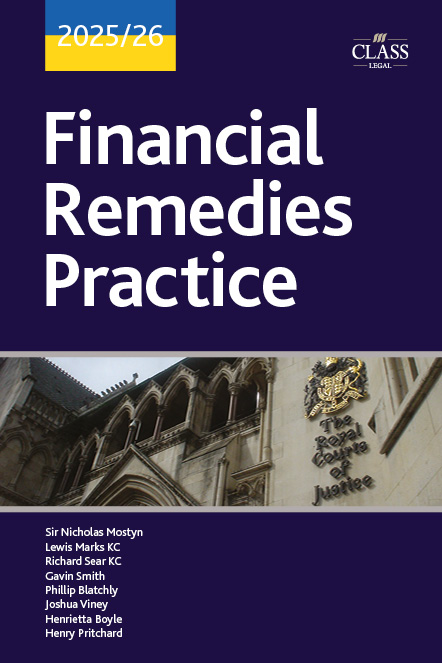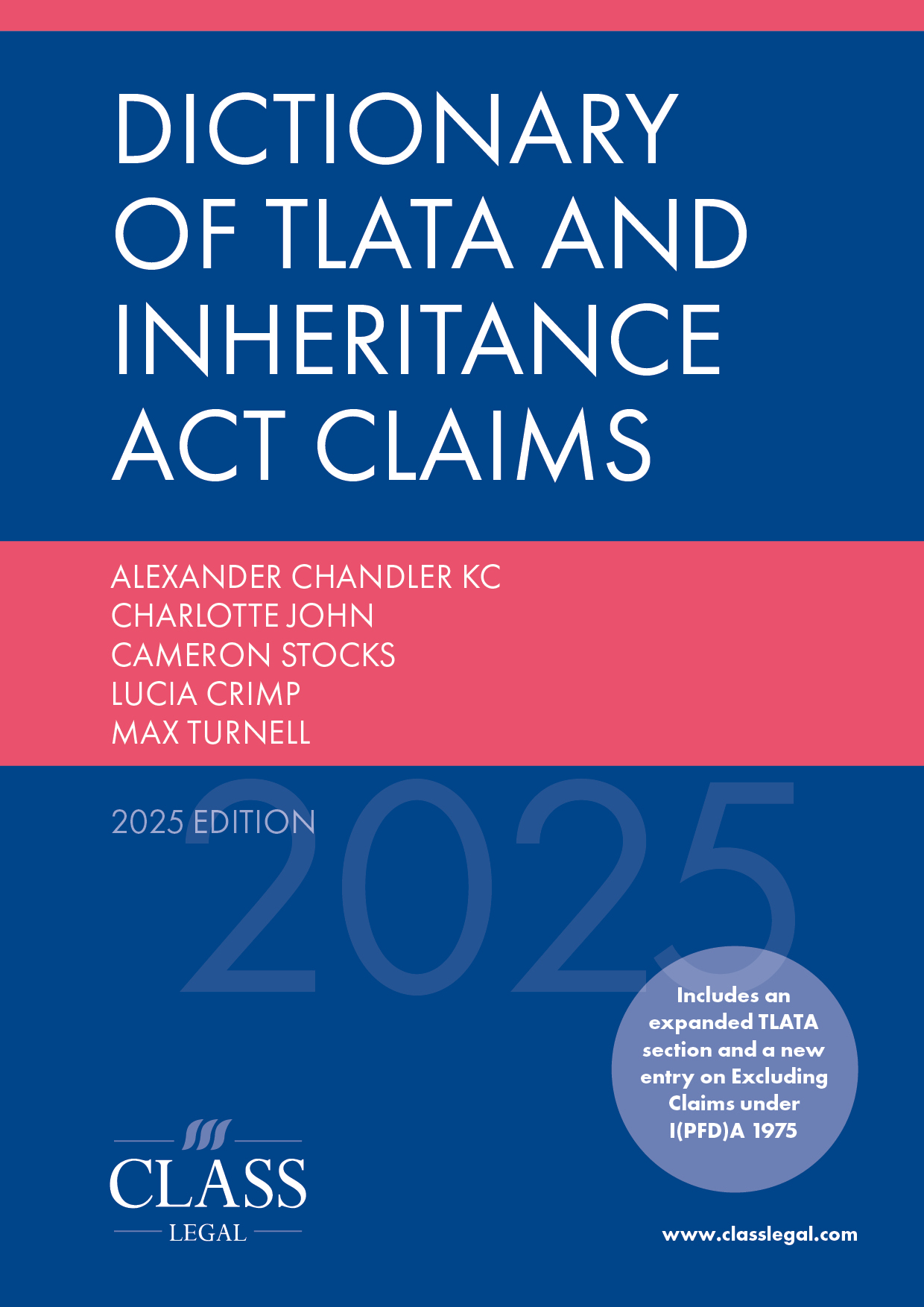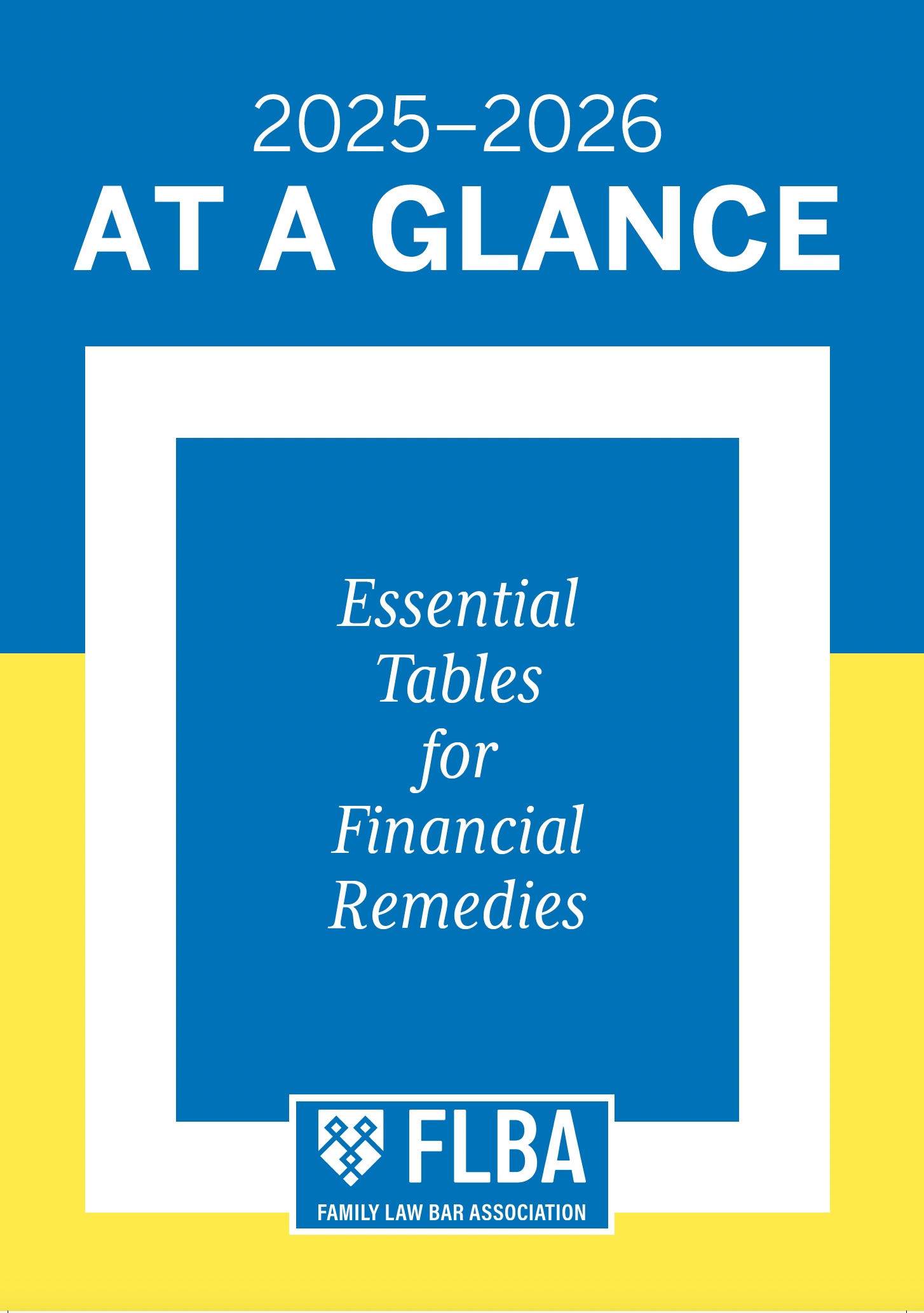
GR v AR [2025] EWFC 143 (B)10 March 2025
Published: 16/06/2025 09:07
https://caselaw.nationalarchives.gov.uk/ewfc/b/2025/143
HHJ Hess (sitting as a deputy High Court judge). Application of the sharing principle and dispute over matrimonial vs non matrimonial property in HNW financial remedy case.
Overview
In a HNW FR case HHJ Hess applied the sharing principle amid significant disputes surrounding the nature of wealth accumulated by the wife prior to the marriage. Whilst it was acknowledged that the wife had amassed considerable assets before cohabitation, primarily through a share scheme, the court held that the majority of her wealth had accrued during the marriage. This justified a division in the wife's favour, resulting in a 60.9% / 39.1% split.
Background
W (aged 47) was a resident of country X who, upon moving to England, built a very successful career in the field of asset management and investment analysis. H (aged 41) was a US citizen who also built a successful career in England in a private equity firm. The parties met in 2009, began cohabiting in a house purchased in W’s sole name in 2013, and married in 2014. In late 2022 divorce proceedings were commenced by H, making this a marriage of 9 years.
The parties have one child, C, aged 7. There were contested Children Act arbitration proceedings before Barbara Mills KC resulting in the parties having broadly equal care of C.
At the time of separation W had accrued assets in her sole name totalling £36,118,512 (including the family home) and H had accrued assets in his sole name totalling £5,090,049.
The majority of issues had been agreed between the parties prior to the final hearing. The primary issue to be determined was the level of lump sum payment to H. H sought a lump sum of £14.9m and W suggested a payment to H of £7.5m.
Legal framework
The following key cases and principles were applied:
- The starting point is that matrimonial assets should be divided equally and non-matrimonial assets left with the party who contributed to them (White v White [2000] UKHL 54, Miller v Miller; McFarlane v McFarlane [2006] UKHL 24 and JL v SL [2014] EWHC 3658 applied).
- Fairness has a broad horizon. It can be costly and artificial to attempt to conduct an exercise attempting to place a definitive line on property which is matrimonial and that which is not (citing Moylan LJ in Hart v Hart [2017] EWCA Civ 1036).
- Even if the court finds that certain property is non-matrimonial, it remains within the court’s discretion to award a different outcome, having regard to the section 25 factors.
- The manner in which parties run their lives, including pooling their assets, is a ‘subsidiary element’ in determining whether something remains separate property (citing XW v XH [2020] 1 FLR 1015).
- The family home will usually fall into a different category of assets which will typically be shared (Standish v Standish [2024] EWCA Civ 567).
Application
It was noted that H’s assets since cohabitation had flat-lined, whilst W’s had grown by c. £33m.
Most of W’s wealth was comprised of shares in ABC Company, which were acquired by obtaining a loan from the company and paid back through bonuses or dividends. Prior to cohabitation W had built up 4,470 shares; during the marriage she accrued a further 5,070 shares. The shares were sold in 2024 and placed in a Swiss bank account, totalling around £22.8m.
W’s representatives argued that 46.8% of the sale proceeds should be treated as non-matrimonial property, reflecting the proportion of shares acquired prior to cohabitation. In contrast, H’s representatives contended that the key issue was that only 1,266 shares were ‘loan-free’ before cohabitation, asserting that the repayment of the loans during the marriage formed part of the marital endeavour. A further layer of complication was added by the fact that both parties revised their respective positions on the proportion of monies which they said were matrimonial during the course of the proceedings.
Judgment
HHJ Hess concluded that, on a broad assessment, the marital portion of the shares was approximately 2/3 of the £22.8m, i.e. £15m. The remaining 1/3 was W’s separate property. In addition to the shares, HHJ Hess also assessed the total remaining matrimonial investments/pensions to be a further £4.7m. The former family home, although in W’s sole name, was also to be split 50/50 – another £2m.
Therefore, on a pure application of the sharing principle, HHJ Hess held that H should be entitled to half of W’s available matrimonial assets, resulting in a lump sum payment of £11,025,808 to H.
Finally, HHJ Hess took a holistic view of the case, considering the wider implications of the proposed lump sum in light of fairness and the section 25 factors. He concluded that the resulting division, 60.9% to W and 39.1% to H, represented a fair outcome having regard to all the circumstances of the case.










